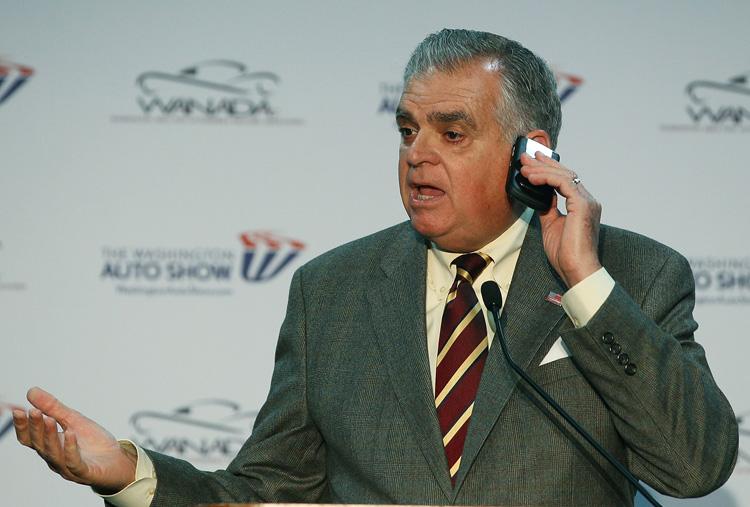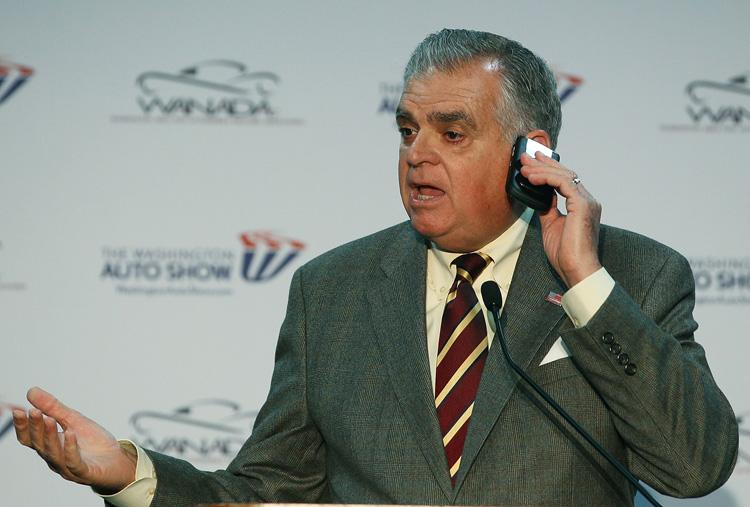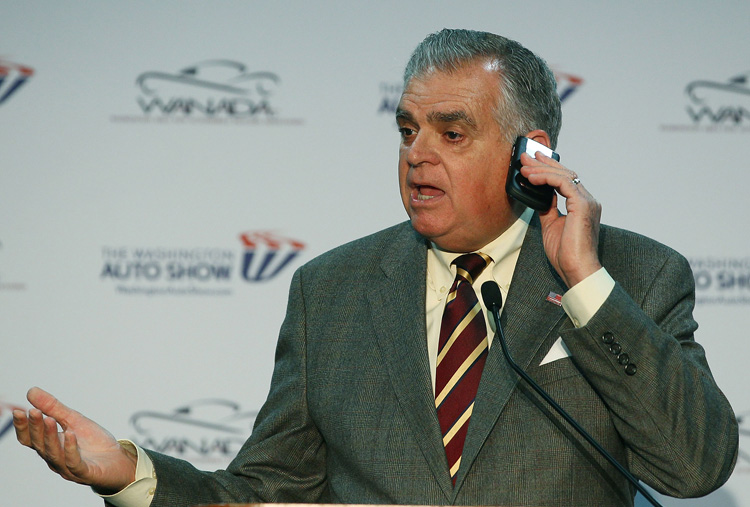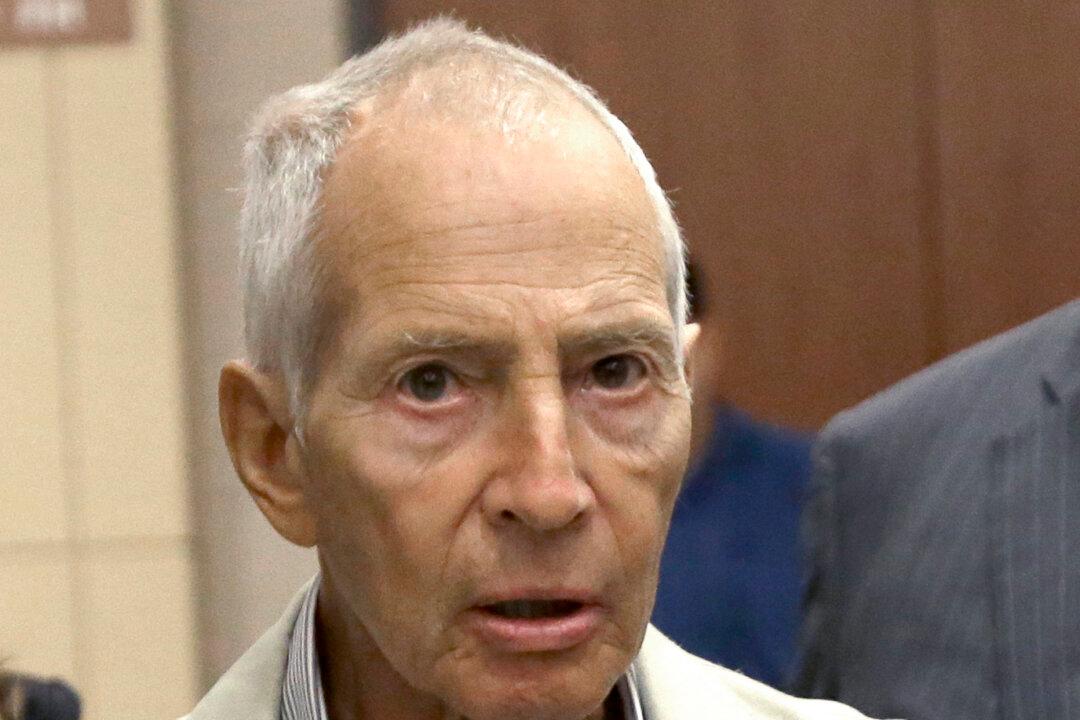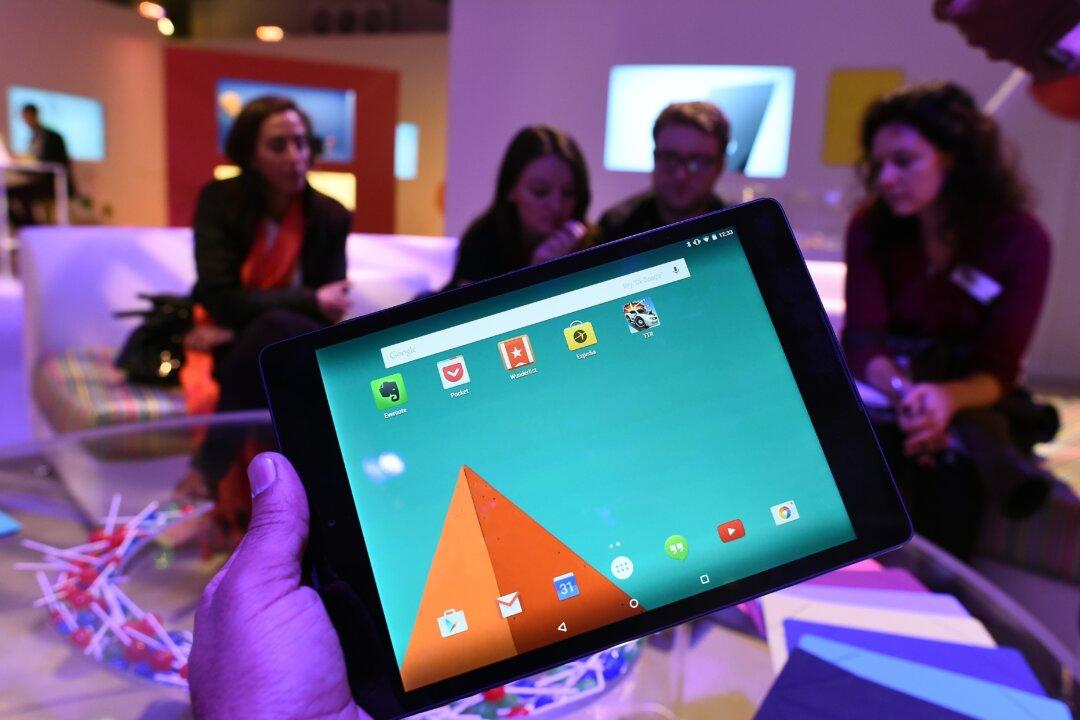Stamping out the operation of motor vehicles while talking or texting on a cellphone—or distracted driving—will be the focus of a new U.S. campaign, Transportation Secretary Ray LaHood said on Thursday.
Distracted driving was described by LaHood as an epidemic affecting Americans, saying in a press conference in Washington D.C. that concrete steps will be taken to curb it.
